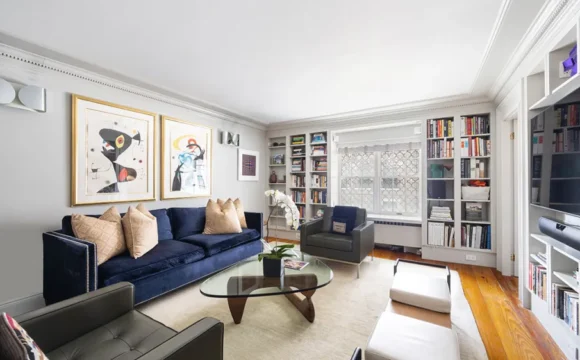Young Turk
When the World Architecture Festival awarded one of its more prestigious prizes last November, it wasn’t for a modern restoration of a classical building that was most unusual. It was that the winning firm, Tabanlioglu Architects, is from Turkey. While Turkey has in recent years been recognised for its fashion manufacturing and product design, architecture has lagged somewhat behind. Until now.

“Turkey has moved into a new modern period in architecture because it’s going through a wider transformation, Istanbul especially," argues Melkan Gursel, who co-heads Tabanlioglu Architects with Murat Tabanlioglu. “Fifty years ago there was a strong opposition to new building in Turkey. Buildings were built without architects. But the situation has over the last few years become the opposite. Now our location has become more important – it’s that East-West bridge."

The company is a leading player in Africa and central Asia – not least because it has been excluded from pitching for work in the EU (and, given that Turkey seems unlikely to become a member for maybe a decade, will remain so). Among its projects set to come to fruition this year are Crystal Towers in Dubai and Istanbul’s first open-air shopping centre, with a residential section.

Tabanlioglu Architects has won a reputation for retaining the local character of the historic architecture in its new builds. “You have to respect what are often unique cultures – so if you’re working in Senegal, for example, you really need to study Senegal as its own place," Gursel notes. The same sensitivity was shown in the recent award-winning work: the restoration of Istanbul’s Beyazit State Library, which saw a lighting scheme that was carefully balanced in an historic space, as well as the use of modern materials that married well with the old ones. Construction work even revealed the remains of a Byzantine church – what could have been a complication was turned into an attraction: these can now be viewed through a glass roof.
“Convincing people that you can modernise a building respectfully is the hardest part of the job," Gursel notes. “People are convinced you’ll harm the building’s original state. The changes took a lot of negotiation."
Indeed, the World Architecture Festival prize is just the latest – Tabanlioglu Architects has also scooped awards from Royal Institute of British Architects, the Oscars of architecture, becoming the first Turkish company to do so. Working on landmark buildings is in the blood too. The company has completed a number of buildings of similar social importance: Istanbul Modern, Turkey’s first modern art museum; Astana Arena in Kazakhstan; and Dogan Media Centre in Ankara among them.
Each project reflects another characteristic for which the company has also become known: its designs’ emphasis on bringing communities together. It’s about doing away with that often rigid distinction between public and private space.
The philosophy has even been applied to its own office in the heart of Istanbul’s design district – a district its presence helped form. Last year saw the six-storey building refurbished to include an art gallery, restaurant and street level area all open to the public.
“Well, we thought we can’t tell our clients they should do this and not do it ourselves," Gursel notes. “Buildings in the 20th century became increasingly insular – they kept us within our rooms. But we need to use architecture to get people to meet other people they wouldn’t otherwise meet."










